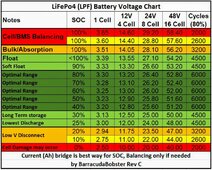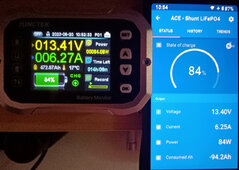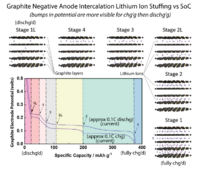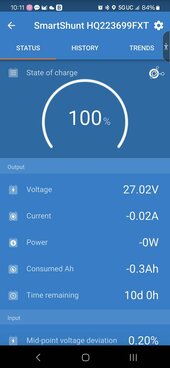I like the term "Slump" for describing battery voltage drop under load. I have used "Droop" in the past instead of drop or sag but I think I will now use slump instead.Cell voltage is reliable to determine SoC but cell must be rested and unloaded. ...
Thanks for the charts. Someone has done a lot of work involved in coming up with them.







